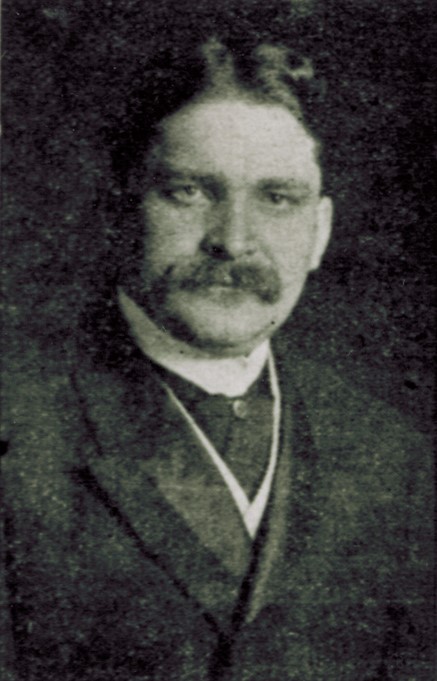S.W. Stratton

Born on a farm outside Litchfield, Illinois, in 1861, Samuel W. Stratton spent his early life learning about farm machinery and new mechanical devices to facilitate farm work.
In 1880, Stratton sold a colt he had raised to finance his first year of college. He graduated from the University of Illinois in 1884 with a degree in mechanical engineering and was appointed instructor of mathematics and physics. In 1889, he became assistant professor of physics and electrical engineering.
In 1892, he joined the new University of Chicago and eight years later became a full professor. Part of his research included a new form of harmonic analysis, a device for high-precision measurement of electrical frequencies. Commissioned in the Illinois naval militia unit, he served during 1898 as a Navy lieutenant in the Spanish-American War.
The following year the U.S. Secretary of the Treasury asked Stratton to come to Washington, D.C. to help write legislation to establish the National Bureau of Standards (NBS) and to head the Office of Weights and Measures in the U.S. Coast and Geodetic Survey. He served as the first NBS director when Congress established the laboratory in 1901.
Known rather formally as Dr. Stratton to his friends, he quickly became the "Old Man" to the young scientists on his staff. He was said to be outgoing and accessible without a trace of affectation. A great champion of technology and research, in 1902 Stratton told a House committee: "If we are to advance, we have to create original things."
After heading NBS for 21 years, Stratton became president of MIT in 1923. There, he expanded research in engineering and industrial processes, pure science and new fields of applied science.
In 1926, he returned for NBS’s 25th anniversary celebration. Asked to recall the greatest accomplishments under his direction, he cited "the influence upon manufacturing of the introduction of scientific methods of measurement and methods of research."
Stratton eventually received six honorary doctorates. He received the Franklin Institute’s Cresson Medal and the National Academy of Sciences’ Welfare Medal. He was an officer of the Legion of Honor and member of Sigma Xi and Tau Beta Pi. He was a member of numerous professional societies including the National Academy of Sciences, the American Association for the Advancement of Science and the American Society of Mechanical Engineers.
He died October 13, 1931.
Document Created: 26 Jul 2023
Last Updated: 28 Aug 2023
